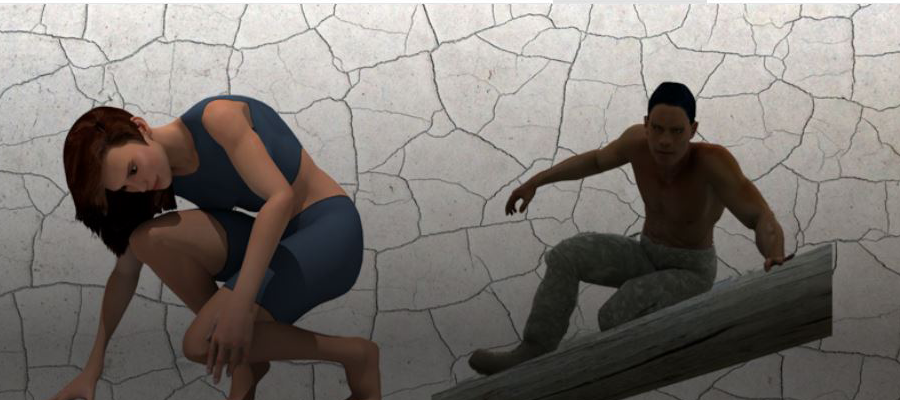Abstract
The changing mobility scenarios have led to the emergence of innovative vehicle concepts. The absence of a driver has opened a wide spectrum, which is being explored, especially the changing interiors and seating constellations.
With the ongoing automatization in the car industry, new human factors questions arise. At SAE level 3 or above, conditional driving automation allows the driver to disengage from the driving task without the need for supervision. With an increasing degree of automation, the active vehicle driver is transformed into a passive vehicle passenger. This gives the driver the possibility to deal with non-driving-related activities and tasks whenever the automation is active. The question of what people are likely to do during an automated ride has mostly been addressed via online surveys or by analyzing other means of transportation like train and bus. However, knowing about desired activities allows researchers and developers to design future car interiors, including seat and seating position, internal HMI, air-conditioning, and automated driving functions according to user needs. Highly automated and autonomous vehicles enable different seating postures. Space in front of the seat allows the passenger more range for movement and postures. Moreover, several studies contribute to the space management of interior design in the future and show significant effects of NDRTs on driving postures concerning the seat positions and backrest angles.The vehicle interiors are always designed to meet ergonomic requirements and enhance passenger comfort. The shift of focus from the primary task of driving to using travel time for various NDRTs was the basis for this research. This paper considers the transitional change in automotive development in transfer of vehicle control completely to the car and it evaluates its impact on the seat parameter with regard to NDRTs. Changes in occupant orientation and activities undertaken during travel in a fully autonomous vehicle will affect the conventional movement space considerations in the vehicles. The occupant orientation, positions, and tasks performed while traveling have an influence on the interior volume and layout. Thus, the possibility of new seat constellations will have an effect on the spatial considerations. The paper analyzes the influences of NDRTs on seat parameters, which seat and backrest settings need to be adjusted for each activity. Furthermore, it discusses what main groups of NDRT for each seat setting can be classified. With the help of RAMSIS software, different seating postures for each activity are simulated.
Keywords: non-driving-related tasks and activities, autonomous vehicles, digital human modeling
How to Cite:
Kipp, M., (2022) “Analysis of the influence of non-driving-related activities on seat parameters and sitting posters”, Proceedings of the 7th International Digital Human Modeling Symposium 7(1): 37, 3 pages. doi: https://doi.org/10.17077/dhm.31745
Downloads:
Download PDF
View
PDF

